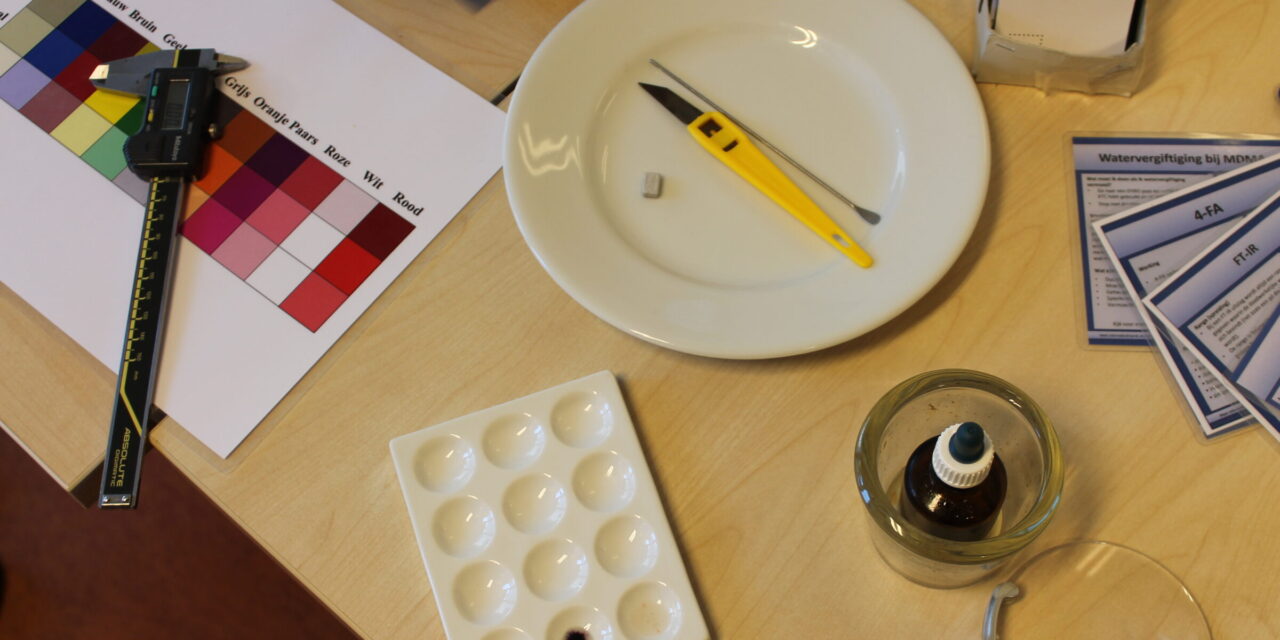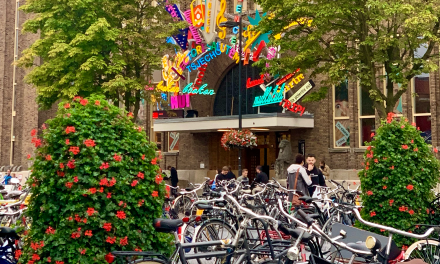A new Dutch bill plans to prohibit entire groups of new psychoactive substances (NPS), instead of just one specific substance. Minister of Justice and Safety, Ferdinand Grapperhaus, plans on putting these NPS-groups on the opium list, making it illegal for vendors to sell them. As of now, many of these different types of drugs are sold online as ‘research chemicals’. Will this new bill put a stop to the sale of ‘legal drugs’ on the internet?
Designer drugs
New psychoactive substances are a very wide concept, it compromises a very large number of substances (drugs), changing continually. According to the European Drug Report 2020 over 50 new types drugs have been introduced yearly, since 2012. These substances range from different types of stimulants, opioids, synthetic cannabinoids, benzodiazepines, hallucinogens and dissociatives.
As of now most of these designer drugs in the Netherlands are being sold online ‘legally’ by companies that are registered to the chamber of commerce. To make sure that they are not liable, however, they call these drugs ‘research chemicals’ and they mention multiple times on their websites that these substances are ‘for research purposes only and not for human consumption’, but of course their buyers know better than that. Using these ‘research chemicals’, however, comes at a price. Because these substances are new and relatively unknown, little to no research has been done, making its users their own personal guinea pigs. Experiences are shared online on blogs and forums, with no scientific research to back this up.
XTC-light
An infamous example is the party drug 4-FA/4-FMP, also known as 4-fluoramphetamine, which gained popularity in the Netherlands around 2016 because it was being advertised as ‘XTC-light’. With users reporting a clearer head and more control than they had while using ecstasy, many saw it as the ideal party drug. Because 4-FA was a ‘new psychoactive substance’, it was not yet listed on the Dutch opium list, making it technically ‘legal’. This made it possible for users to buy it online and get it delivered to their house by mail within just a matter of days.
It didn’t take long for the Netherlands Institute for Mental Health and Addiction (Trimbos) to receive more and more reports of health incidents after using 4-FA, ranging from headaches to brain haemorrhages and heart problems. Not long after that, in 2017, 4-FA was added to the opium list, prohibiting production, trade and sale. This proved to be effective, because according to research conducted by Trimbos about a third of users stopped taking the drug after its prohibition, partially because of the negative media-attention it received. Still a small group of people switched over to a drug similar to 4-FA, called 4-FMA, explains Laura Smit-Rigter, coordinator of the Drugs Information and Monitoring System at the Trimbos Institute. “This because 4-FMA is not on the opium list yet, because of the change in molecular structure. Still a lot of people have been scared straight by the incidents that happened with 4-FA.”
Jochen Schrooten, criminologist and staff member Prevention and Risk Reduction in Nightlife at the Flemish Centre of Expertise for Alcohol and other Drugs (VAD) explains how and why Belgium implemented this same law back in 2017.
Low usage of NPS in Europe
Still the use of designer drugs is relatively low within Europe, compared to other (illegal) drugs. According to the European Drug Report 2020, NPS represented only 5% of all drugs that were submitted to drug checking services in 11 European countries during the first half of 2019. Still this is not representative of the market as a whole, as not every user gets their drugs tested. The most frequent substances detected among these samples were stimulants, like 4-MMC (mephedrone) and, similar to that, 3-MMC, a drug that lies between ecstasy and cocaine according to users. This was followed by hallucinogens (like 1P-LSD, similar to LSD) and new benzodiazepines, which are minor tranquillizers.
Belgian law
The Netherlands has been surpassed by neighbouring country Belgium, in implementing this new bill, having prohibited entire groups of substances back in 2017. Dr Peter Blanckaert, Head of the Belgian Early Warning System Drugs Division and drug scientist at the National Public Health Institute of Belgium, was the author of this legislation. Looking back on it now, he views things a bit differently. “If you would ask me, knowing what I know now, if I would have made the exact same legislation five years ago… My answer would be no. Because we notice that even though fentanyl derivatives have disappeared from the market, they have been replaced by much worse substances. What this did, was shift the problem. Especially with opioids, people that use them, will continue to use them, whether they’re legal or not, they will find a way.” According to Blanckaert it’s only a matter of time before such a potent or toxic substance will arise, that people will die. “Fentanyl and its derivatives are very well known, treatment with overdose is very simple and known by every emergency doctor. It’s like choosing between cholera and the plague.”
Optimistic
Smit-Rigter, who is also the Dutch coordinator of the Early Warning System on NPS (EWS), a cooperation of European countries with the EU and Interpol to warn for potentially harmful substances, is feeling optimistic about the new law, supposedly coming into effect next year. She doesn’t see any reason why it wouldn’t be implemented straight after it passes through the senate. “No doubt, I have great confidence that it will pass straight away. With this new law you could predict any kind of variety on a substance within the groups that will be banned, it would ban not just 4-FA, but 4-FMA as well, same goes for 4-MMC and 3-MMC.”
Only time will tell
Will this new bill put a stop to designer drugs in the Netherlands? Only time will tell, but making a specific drug (or in this case group of drugs) harder to obtain, definitely has an effect, as it did with 4-FA back in 2017. A better solution, according to Blanckaert, might even be legalisation. “What if, hypothetically speaking, you legalised for example MDMA. Would you still see NPS? I don’t think so. I think looking from an evidence based, harm reductional point of view, legalising certain substances under conditions would be a good solution. This would be better than prohibiting everything and then prohibiting every substance that takes its place, because this would be a never ending story. This way users are exposed to ever growing risks. With MDMA we know exactly what the toxicity and treatment is, same goes for morphine and cocaine. With these NPS we don’t know any of that.” Blanckaert lets out a very deep sigh. “I’ve had discussions about this on international level… As a scientist it’s incredibly frustrating. You know the logic of a drug user because it’s your field of expertise, but not a soul that listens to that.”




